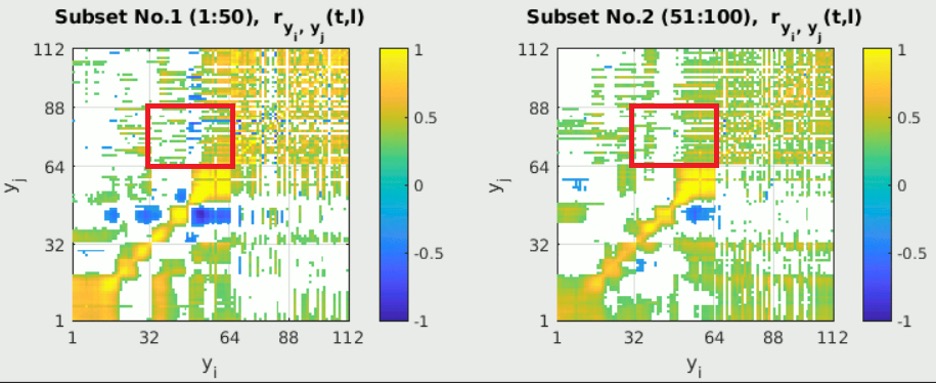Machine Learning Methods for Revealing the Wellbeing of Fetuses and for Understanding Consciousness
Prof. Petar Djuric, colleagues, and students have been looking at two health related topics with an emphasis on artificial intelligence and machine learning techniques. Here we look at two very interdisciplinary projects.
 |
| Professor Petar Djuric |
The first is “Rethinking Electronic Fetal Monitoring to Improve Perinatal Outcomes and Reduce Frequency of Operative Vaginal and Cesarean Deliveries.” The main objective of the research is to use recent breakthroughs in machine learning to develop predictive analytics to support and improve the interpretation of electronic fetal monitoring data in the last couple of hours before delivery. The challenge is to accomplish this under real world conditions and in real time where clinicians must make timely decisions about interventions to prevent adverse outcomes.
 |
| A device for monitoring fetal heart rate, maternal heart rate, and uterine activity. The signals acquired by these devices are processed and interpreted by machine learning methods. |
The second project is “In Search for the Interactions that Create Consciousness.” In this research, Petar and collaborators are looking for the physical footprints of consciousness. They are seeking answers to many questions about its origin and nature. What parts of the brain give rise to consciousness? What are the minimal neuronal mechanisms that are sufficient to generate consciousness? In seeking answers, a consideration is to keep clear of any philosophical discussions on consciousness. Instead, Petar and collaborators are interested in the fundamental problem of understanding what causes the emergence of consciousness. To that end, the team works with advanced nonparametric Bayesian methods for machine learning to describe three main features of neural activity: complexity, temporal dynamics, and causal interactions.
The applications are somewhat obvious. In the first project, one would like to see that the team’s methods find a place in practice, and contribute to significantly decrease the use of operative vaginal and cesarean delivery, while at the same time defining more precisely if the fetus is at risk for developing metabolic acidosis and long-term neurologic injury. In the second project, besides contributing to understanding consciousness better, Petar and collaborators aim at developing approaches that will restore normal thalamic dynamics in the human brain via external electrical stimulation, which in turn will facilitate recovery from coma in patients with disorders of consciousness.
There are two major areas of impact of this research. One is on the advancing the theory of machine learning and the other on solving real word problems with it’s methods. The methods are quite general and based on principles that allow for their application on quite a wide range of tasks.
There are many colleagues involved in these projects coming from Computer Science; Obstetrics, Gynecology and Reproductive Medicine; Neurosurgery; Psychology; Neurobiology and Behavior; and Mechanical Engineering. Their roles are defined by their expertise. Many of Petar Djuric’s PhD students have been playing an important role in the project including Marzieh Ajirak, Kurt Butler, Tong Chen, Chen Cui, Lingqin Gan, Yuanqing Song, Hechuan Wang, and Liu Yang, as well as former students Shishir Dash, Guanchao Feng, Asher Hensley, Cagla Tasdemir, and Kezi Yu. Most of their efforts have been related to researching novel machine learning methods and applying them to problems of great interest to colleagues from applied sciences.
This work is very interdisciplinary in nature. Stony Brook University has been promoting interdisciplinary research and has put in place various mechanisms that facilitate research projects of faculty with diverse backgrounds. Petar personally enjoys very much working with colleagues with different expertise. He has also collaborated with colleagues from overseas including professors and students from Spain, Italy, Austria, Serbia, France, Great Britain, and China. He is very happy that he has engaged all his PhD students to work with scientists with knowledge in domains different from machine learning. Petar feels that the experience they are gaining while working on this type of research is invaluable for their future growth.
Prof. Djuric’s research has been funded by NSF and NIH.
 |
| Maps representing crosscorrelations of activities between different parts of a monkey’s brain during an experiment. The abscissa and ordinate denote the channels where the brain signals were measured, and the color quantifies the strength of the crosscorrelations. |
